
According to Grand View Research, in 2019 the global virtual reality market had accrued around $10.32 billion in revenue. It’s been adopted and tweaked by many different industries to attract potential customers and thereby boost profits. Macy’s, for example, used VR technology to increase furniture sales by 60% in comparison to non-VR-optimised sales techniques. And in doing so, it decreased returns to a mere 2%. Then, Fidelity Investments introduced a virtual reality financial agent to answer questions regarding stocks and to explain the company’s charts and performance. With social distancing in place for the foreseeable future, VR technology can provide access and mobility to all kinds of audiences, where it’s not currently possible in the real world.
But creating VR apps isn't an effortless endeavour. A considerable amount of the content we consume is presented to us in 2D form and simply moving 2D elements into a virtual environment undermines the immersive experience that VR can offer. Virtual reality experiences should be created according to tailored metrics that include things like usability measures – user presence, controls, disruption levels etc – but it’s essential that the realism of the environment is considered.
In this article, Kateryna Korovkina, Design Manager at ELEKS UK, shares the four key design principles for creating a VR app with enhanced user experience.
1. Focus on the user’s physiological wellness
The success of your app depends on how well you understand the physiological effects of VR design. By using 360° technology, the VR experience can become more convincing. But a realistic VR experience impacts more of our brain and so any mismatch between physical and visual environments could cause unwanted side effects. There are a few things to consider in avoiding this:
How to prevent motion sickness
VR motion sickness can occur when your eyes tell your brain you’re moving, but the body remains static. And what’s more, the symptoms of VR motion sickness – nausea, dizziness, headaches, disorientation and such – can last for several hours after removing a VR headset. To avoid this:
- Be aware of the head position; never stop your user’s head from tracking
- Add a visual representation of the user’s nose or hand as an anchor
- Adjust and maintain a steady frame rate
- Allow your user to be in control of their movements – except in situations like riding a bus, for example. Here, you should at least let the user start the ride by themselves.
Use fixed objects for grounding
Fixed objects produce the sensation of movement within virtual reality, while the user remains still. Any fixed object can be used to ground the user and thereby explain to the brain why they’re stationary. However, extremely large objects that move create a false sense of motion. Instead, try to include a variety of fixed points in the user’s VR environment.
Implement gaze-based UI
A gaze-based UI is where the interface responds, based on where the user is looking at that time. Gaze cues can be a hover-state – revealing navigational options – and event-based – spawning a creature, for example. This can help ease navigation through the app in a subtle and uncomplicated way.
Keep the user’s perspective
The sense of presence is an essential component of UX in virtual reality. In order to establish this, you’ll need to try to recreate the user’s physical world perspective with their virtual height. Failing to accurately capture different viewpoints from a user’s real-world experience can be a big factor in creating a sense of discomfort and spoiling the “realness” of a VR environment.
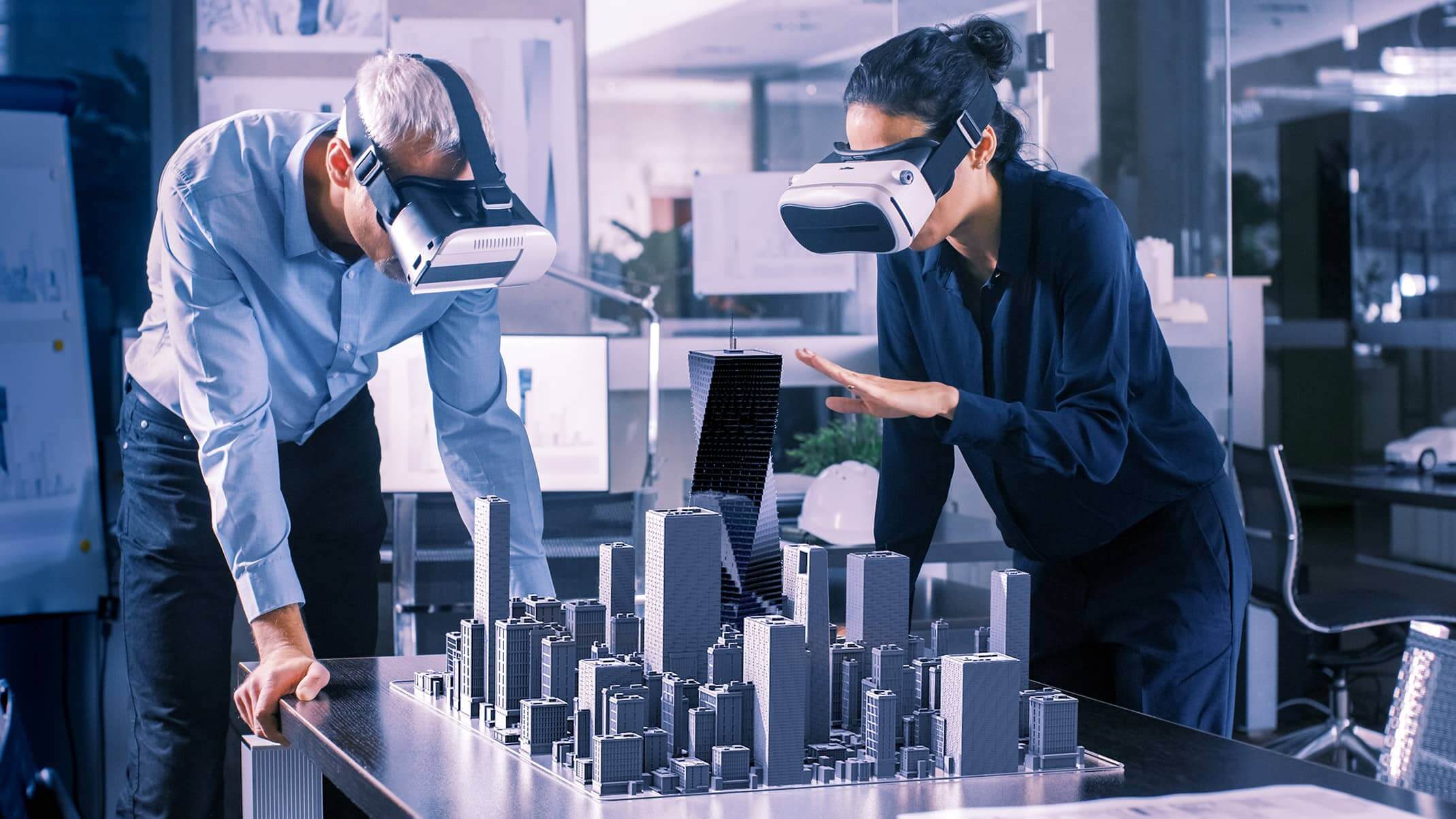
2. Provide clear and effective wayfinding
Simple wayfinding design helps the user navigate the virtual reality world effortlessly, creating a sense of ease in their surroundings. Applying guidance aids will make it easier for your users to find a path through their environment. These might include:
Visual motion cues
Plant implicit visual cues – highlights, growing flowers, footsteps – to draw the user’s attention to the path and ensure seamless navigation throughout your VR environment.
Sound effects
The user won’t always see the full 360° panoramic image and may miss an important part – or event – of the digital world. To prevent this, you can try to attract the user’s attention with sound effects.
Motion controllers
If a user uses motion controllers, combine the vibration of the controller with visual or audio cues to help guide the way.
The location itself
People develop certain behavioural habits in specific environments. Thus, in virtual reality, the location itself can provide all the necessary navigational information needed for your user to find their way. For example, in both real and virtual kitchens, people begin meal prep by opening the fridge. Try exploring a real-world location like that which you want to create, to help you predict behaviour patterns and identify the elements that trigger a next step.
3. Create a rich environment
When a user enters a VR world, they expect a convincing experience which is dependent on the cumulative elements of the VR environment.
Tell a spatial story
In virtual reality, the surroundings can be self-explanatory. Detailed and vibrant VR environments help users experience the adventure and construct the scene by themselves, even without verbal cues or characters.
Educational VR programme, SpaceBuzz, lets users experience the “overview effect” of seeing Earth from the space, via a combination of spatial audio and images. Spatial storytelling is used in a real-world environment and can be applied to virtual reality for the same effect. For example, Disneyland theme parks use forced perspective to create the illusion of an object’s size or location which can trigger a visitor’s imagination.
Shape meaningful and exploratory experiences
Moving objects naturally attract human interest. So it’s beneficial to place animated cues at the very start of your app, to hook the user’s attention. You’ll need to arouse curiosity within the first 30 seconds if you’re to encourage users to dive into your immersive adventure, says Kateryna.
Once a user has navigated all the available scenarios, they'll most likely grow tired of an app. So it’s worth exploiting user-generated content from open databases including Google Earth VR and Wander, to prolong the novel experience and allow users to explore new environments. By using data from Google StreetView, for example, an app can allow you to pick a location and change a scene by “jumping into” that place.
4. Build a controlled experience
You need to place the user in control of their VR world, in ways that feel natural and allow them to tap the full potential of their experience. To do this, you should:
Create personal space
Virtual embodiment has provoked many discussions around personal space and safety within VR. In the real world, we define our boundaries by categorising behaviours that are acceptable and unacceptable. However, in VR, many of these social boundaries are yet to be determined and their absence can make active social VR users feel uncomfortable.
You can empower users by introducing controls that allow them to define their own personal space, so they can avoid crossing any boundaries that make them feel uncomfortable. Altspace VR, for example, has created a “space bubble” which prevents other users from entering your immediate zone.
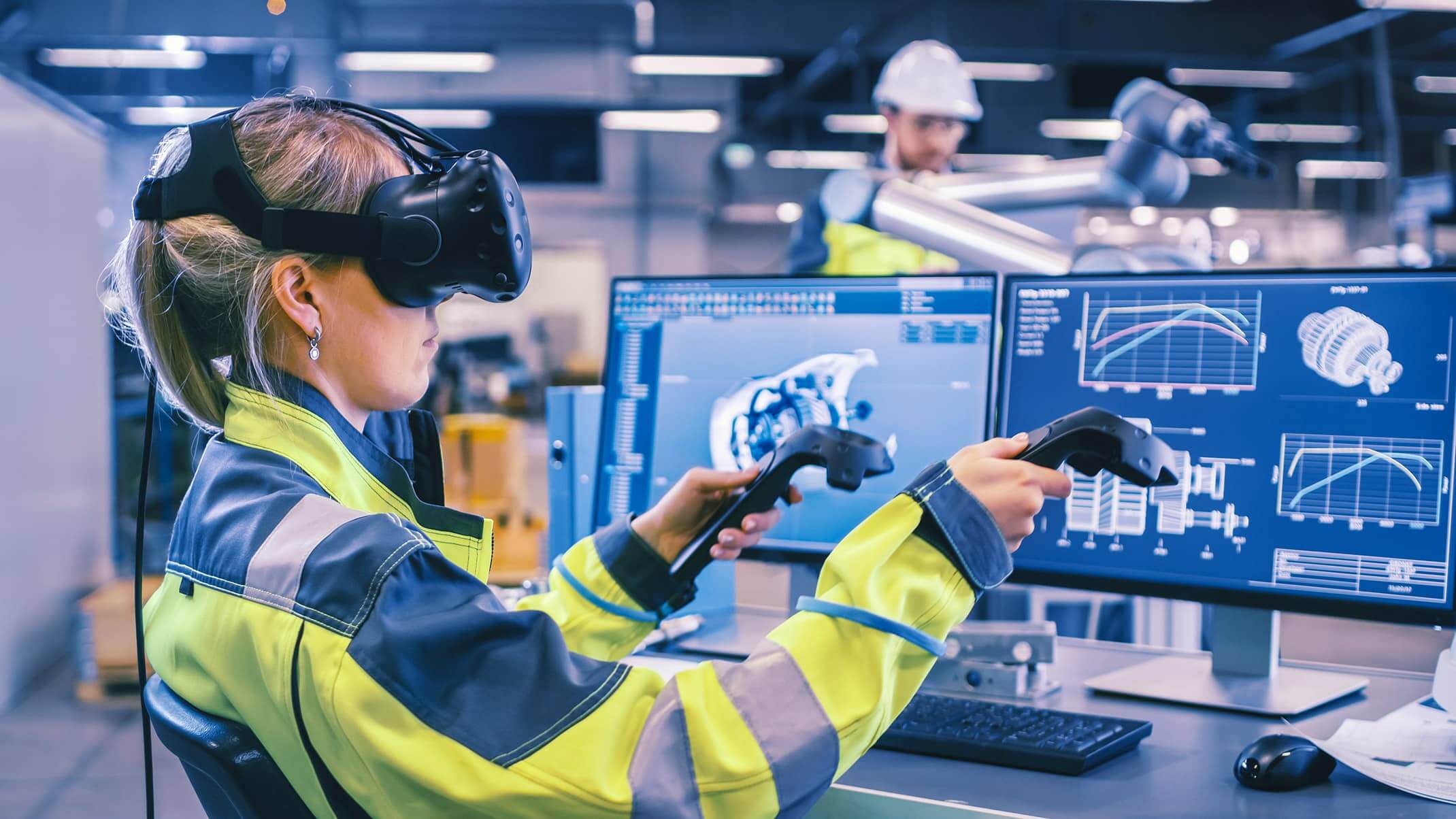
Provide modifiable environments
To enhance the feeling of presence, allow the user to interact with the environment and feel in control of their surroundings. Make your VR environment modifiable, to enable the user to perform actions like picking things up, dropping things, removing objects or even adjusting the whole virtual world to their preferences. Levels of modifiability can vary from the very simple to the significantly more complex.
Summary
VR has already become a vital tool for many industries during the current pandemic and its usefulness will extend far beyond it. The entertainment industry has been able to host live VR concerts and events and the education industry has used VR to create simulations for remote training. The retail industry can create VR apps that allow benefiting from immersive consumer experiences which increase the chances of customers being able to find exactly what they want. And the potential of VR extends way beyond all of this, to a plethora of other industries.
If you haven’t considered what VR could do for your business yet, it’s time to broaden your horizons. Contact us today to find out how you can leverage the unique potential of VR and create a brand-defining, immersive experience for your business.
Related Insights
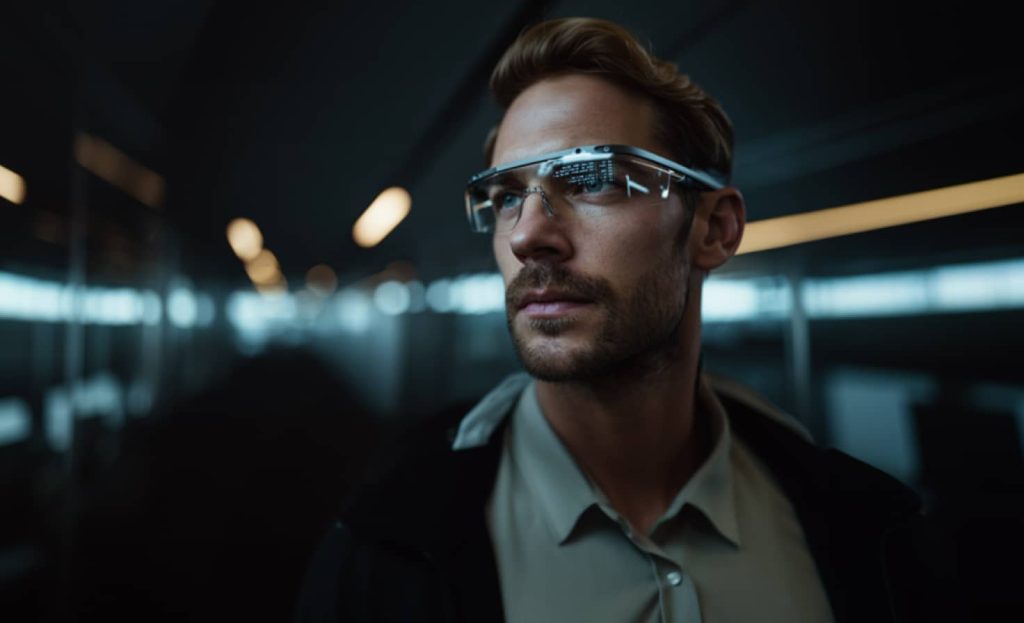
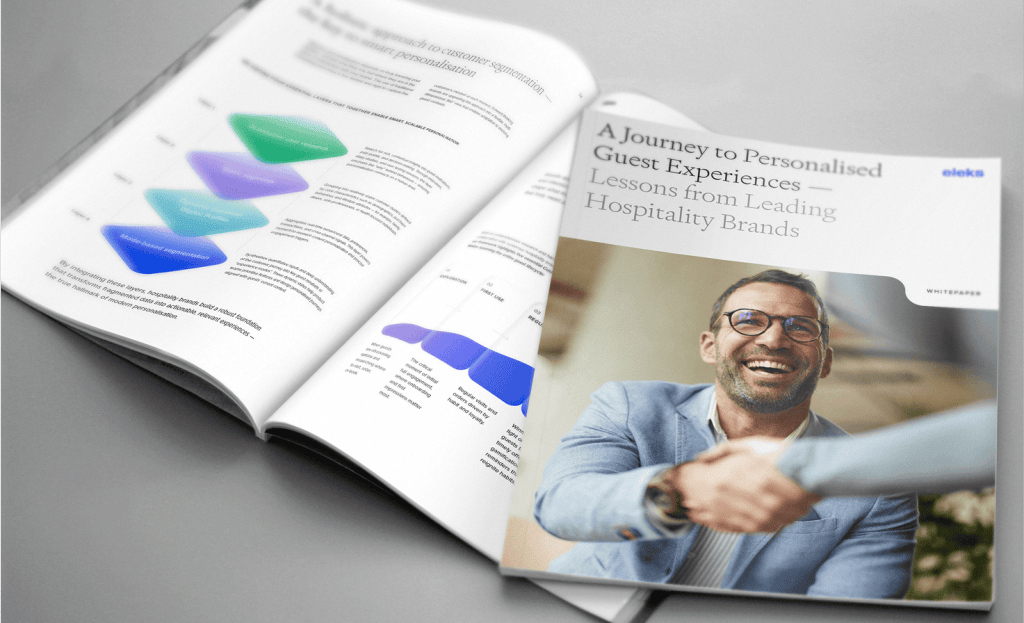




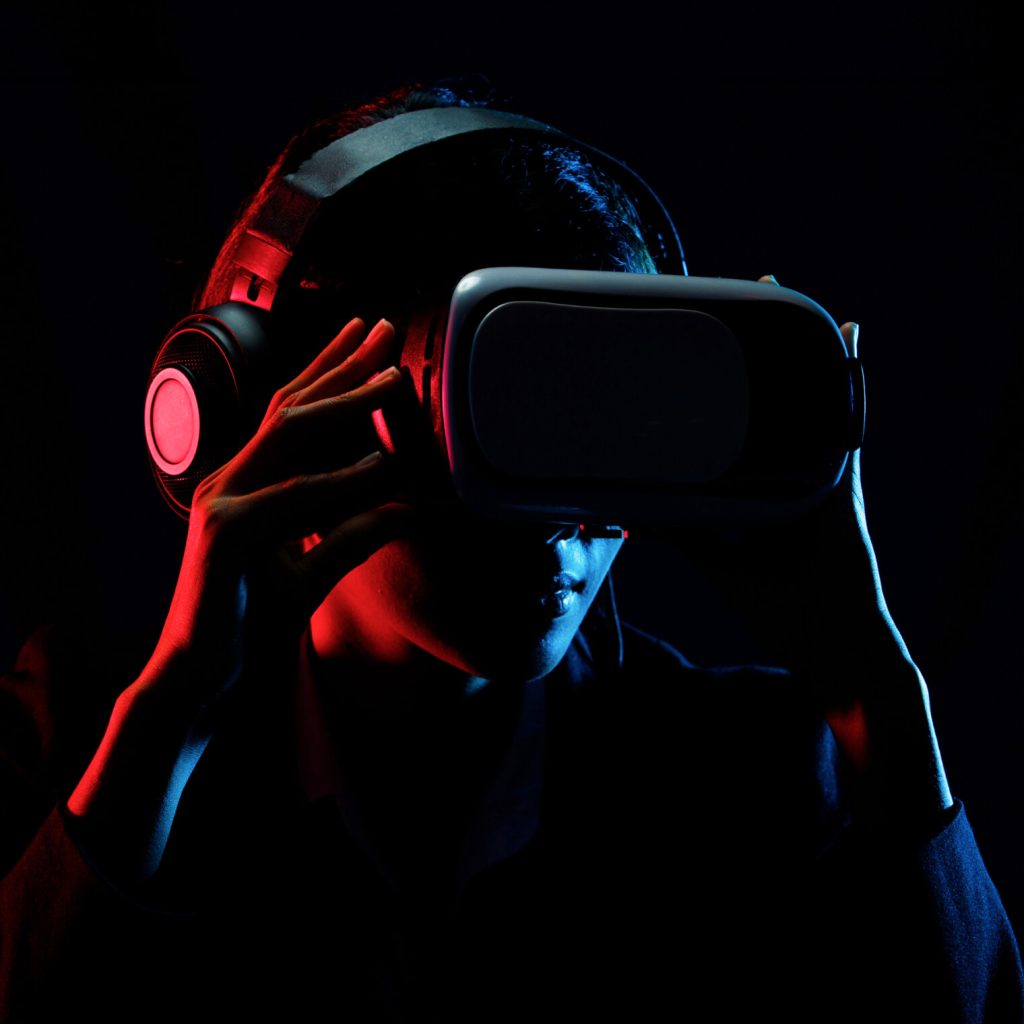
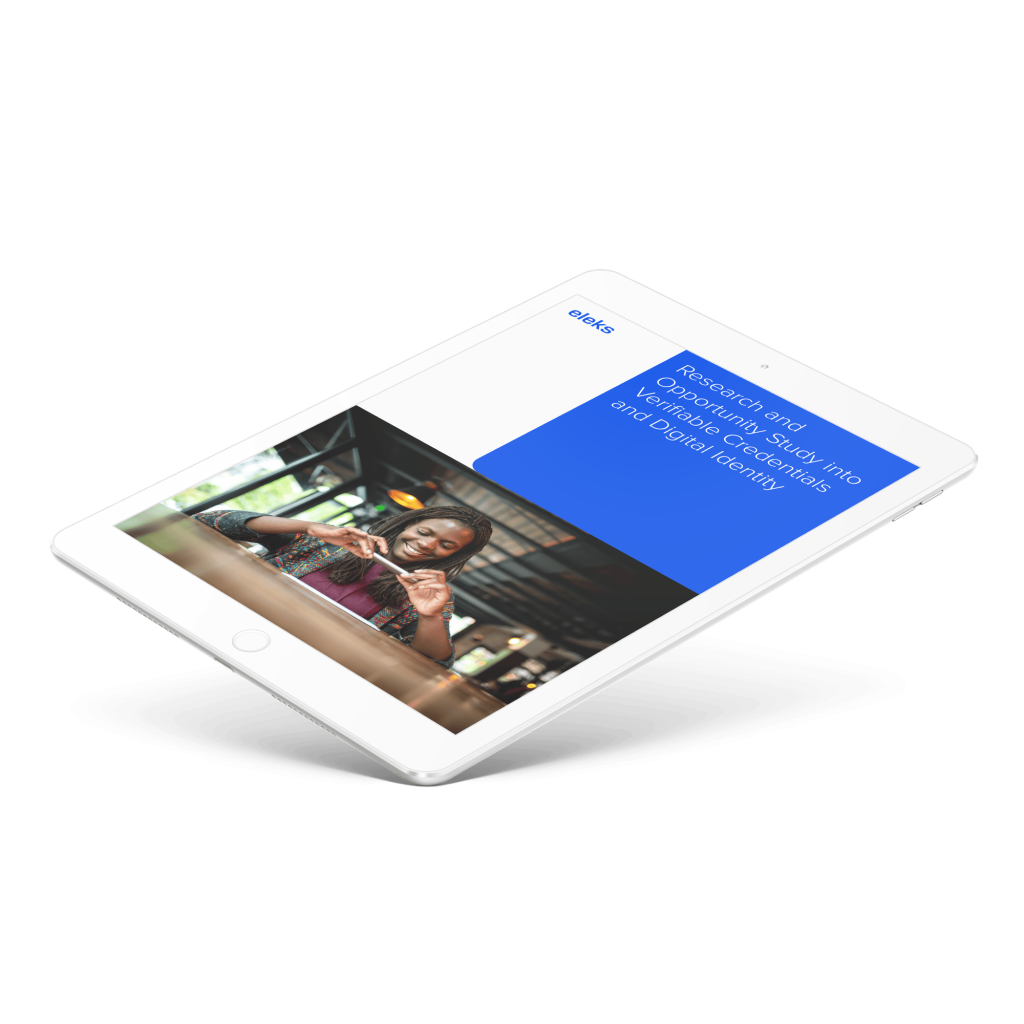
The breadth of knowledge and understanding that ELEKS has within its walls allows us to leverage that expertise to make superior deliverables for our customers. When you work with ELEKS, you are working with the top 1% of the aptitude and engineering excellence of the whole country.

Right from the start, we really liked ELEKS’ commitment and engagement. They came to us with their best people to try to understand our context, our business idea, and developed the first prototype with us. They were very professional and very customer oriented. I think, without ELEKS it probably would not have been possible to have such a successful product in such a short period of time.

ELEKS has been involved in the development of a number of our consumer-facing websites and mobile applications that allow our customers to easily track their shipments, get the information they need as well as stay in touch with us. We’ve appreciated the level of ELEKS’ expertise, responsiveness and attention to details.

